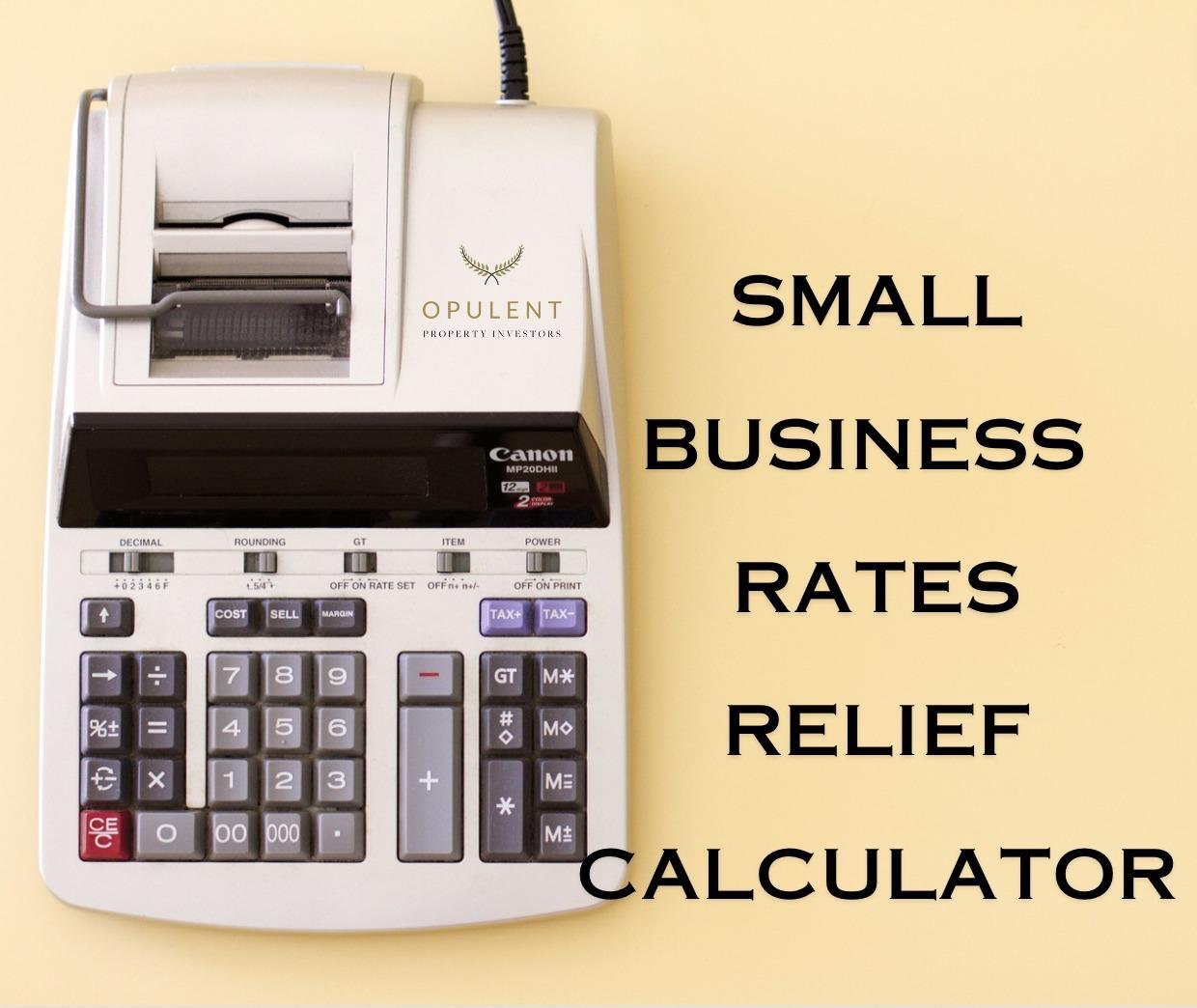Business Rates Relief
In the business world you may have come across this term before but never given it much thought. So what exactly is business rates relief? It’s exactly what it says on the tin. A relief is to lessen or totally eliminate a burden. In the case of a headache, think aspirin, paracetamol. The same way some businesses are exempt (or relieved) from paying any business rates whatsoever. Here in England there are two types of levi you will pay as an individual or a business. If you are an individual who owns or rents a property you will pay Council Tax to your local council for things such as police, fire and refuse etc. If on the other hand you are a business owner you pay business taxes aka ‘business rates’. But now for the interesting part, if you are a small business owner you can apply for what is called ‘a small business rates relief’. However, you can only make one claim at a time, meaning if you have two small businesses apply for the one that earns the least revenue.
To put it into context. I bought a standard residential property and had it renovated and put back on the market as a Holiday Let. It is considered a ‘small business’ as I own (at the time of writing) only one small property. It was on a buy-to-let mortgage purchased through my company. This gives it the commercial and NOT residential status thereby giving me the opportunity to apply for any exemptions as a small business. You have to apply via your local council and they will pass it onto the relevant department to carry out an assessment and make a decision. You will first need to find out who your local council is and contact them (business rates relief team). They will then send your details off to the valuation office who will determine the final outcome. Don’t worry if it sounds a bit daunting but I had never heard of a valuation office either!
Now for some business education. Every business has a rateable value. This is the value the government thinks this business is liable to pay based on the nature of the business along with some other variables. By the way all this is available on the council website as it is public information. You could do this right now by entering your postcode and it will bring up a list of all the businesses located there with a rateable value next to it. You will see numbers like £3,000 + but it is more complex than that as it’s not that number showing next to your house divided by 12 (as in 12 months). I filled out an initial enquiry (showing address and company number) and then the main form was sent to me via the Valuation Office to fill out and return together with supporting evidence. I had to continue paying my council tax until a new bill was issued and any over payments would be taken care of.
Tip: You will need to do all this on-line via the government gateway, get registered and verified then press submit. Keep that ‘receipt of acknowledgment’ email safe as it is the council we're talking about and need I say more? (haha)
As mentioned previously, try not to guess the deductions as it’s rather complex to say the least in what metrics they use to determine the rate. See snippet below taken directly from their website:
What is a rateable value?
The rateable value broadly represents the yearly rent the property could have been let for on the open market on a particular date. It is not the amount you pay but the figure used by the billing authority to calculate your rates bill. To see how the rateable value has been calculated, please visit: voa.gov.uk/valuation.
The details requested of you would be different to mine as each of us are running a different business. Mine was a holiday home to which I had to provide dates as to when this came into effect. The contract between myself and the managing agent. Was it full catering? How many days it was occupied and available to the public to book the facility and so forth.
It’s worth mentioning that funnily, it took me longer ‘getting off’ the business rates relief register than to get onto it. Obtaining the exemption was a bit of admin but then to reapply to put the property back on the market as a regular let was a lot more time consuming. Perhaps another topic for another day. After a year of slogging it out as a holiday let I have transferred the property to a company let under an AST contract. This now means I (or the tenant is liable for council tax). See below example form and letter from the Valuation Office Agency (VOA). Have a look at it, absorb it, make notes and of course make that all important application if you're transitioning from council tax to business rates.
Tip: Just roll with it..the complex world of tax may not be that exciting but I do love cashing in cheques or shall I say the opportunity to pay no tax if there is an option available.

